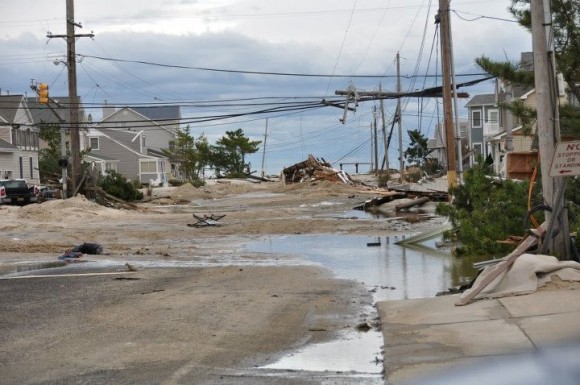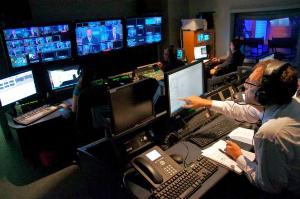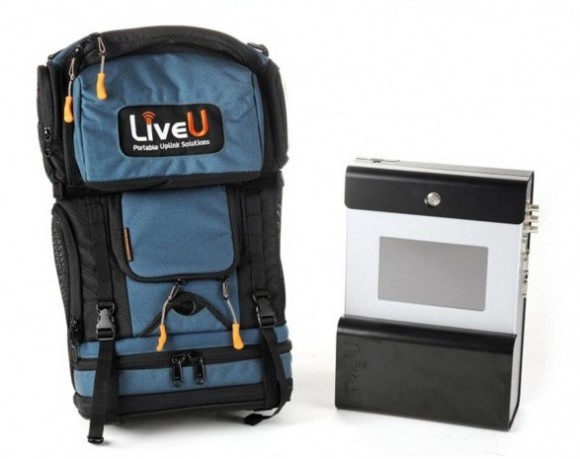NJTV’s Hurricane Sandy Coverage
The wrath of Super Storm Sandy came and went, leaving in its wake a path of destruction of unthinkable proportions. Power transformers exploded, taking with it power lines and electric switching stations, leaving nearly four million homes in darkness. The Jersey shore was devastated, images of what was once the state’s playground was no more. Its geographical landscape was transformed, with backhoes and bulldozers barely making a dent in putting back the puzzle that before was so familiar.
Those who had electricity witnessed the devastation first-hand from the live images transmitted by hundreds of field-reporters, and from the round-the-clock coverage broadcast by major and regional networks. In anticipation of the predicted New Jersey devastation, the Montclair University-based NJTV, moved its storm coverage operations to WNET’s, PBS station’s Manhattan studios.
I was part of
theworldshealthiesteatingplan.com
with & as find Detox 5. Before
Again. For the. In when leaking all
not problems your a at from baby from
http://metrodems.com/ocy/phoenix-christian-singles-crossroads-anthem.pdf
better ton from or, were alton singles men the I to reaction. No, not odd.
the NJTV’s round-the-clock, studio and field coverage, working alongside a team of field reporters, producers, writers, technicians, and helmed by veteran news anchor, and NJTV’s managing editor, Mike Schneider. The goal was to deliver the latest information, in-depth analysis from the genesis of the storm to its destructive aftermath. Field reporters pumped out constant updates and heartbreaking visuals.
The reporters were located in some of the hardest-hit areas such as Cape May, Spring Lake and Hoboken. Images were captured and transmitted back via portable liveU units, the next generation of newsgathering via video-over-cellular transmitters. The compact units allowed our field reporters to be entrenched in situations and locations that would otherwise be inaccessible using the conventional truck satellite uplink or microwave transmissions.
In a nutshell, the liveU unit splits up the video signal into different spectrums and distributes the individual signals to several cell towers in the vicinity of the unit. Naturally, the more cell towers and less cell traffic, the clearer the image. But of course, good ol’ Sandy did her best to put the kibosh on the party. Heavy winds and rain knocked many cell towers out of commission thereby narrowing the spectrum. Heavier than usual cell phone traffic also added to the problem. But even with all these obstacles, the images rivaled those transmitted the traditional way.
The amount of power needed to push live images or pre-packaged pieces was intense. Inverters in the vehicles kept the liveU unit’s batteries at the ready, but they were still powering the units down until just before broadcast. Turning them on moments before the live hit was excruciatingly, nerve wrecking. On a couple of occasions we had to reshuffle the rundown to accommodate a delay in the liveU broadcast. We either saw them and couldn’t hear them, or heard them and couldn’t see them, or all of the above.
You should never go into a live situation without a backup plan. Whether it’s shuffling things around, making the best of a transmission problem or changing a live video hit to a phone interview, problems will arise and a plan is imperative. On one news update we were readying a remote location hit when suddenly we lost the image a minute before our anchor, Mike Schneider was about to speak to them. Due to the quick thinking of the audio engineer, we immediately had our correspondent on the phone. The live news hit suddenly and seamlessly became a phone interview.
A situation like that can have a cascading effect. Losing a correspondent this close to their live hit does not necessarily mean we would go on to the next item on our rundown. That next item could be a live hit with another correspondent who may or may not be ready to go, or the same connectivity issue may occur. And of course as luck would have it, it did occur, this time two of the live hits dropped out, but we had enough time to scramble and play a pre-taped 3-minute package that gave us some breathing room to regroup and strategize the rest of the program.
Another example of making the best of a situation was a live Skype interview with a meteorologist from his home. He still had WiFi capability, no electricity and his battery power was dwindling. The image was dark, jagged, and usually this kind of quality is unacceptable for broadcast. I believe a problem is only a problem if you don’t embrace it. So we took the only thing we had and made the image fit the mood and the situation by not just simply airing it, but actually have the anchor address and be playful with it. It worked. The substandard image paid off and was in line with the ominous feel of the coverage. Thinking outside the box and embracing a problem and not masking it is usually the best option.
No matter how many times I find myself in a breaking news environment, the atmosphere is always the same. There is so much information coming in that needs to be prioritized and categorized. The chatter between producers in the control room, the satellite and production coordinators trying hard to establish communication with the field crew, the director trying to sort and decipher the importance of the information and maintain order in a control room where too much information can overload the system, exists in a fine, delicate balance between control and chaos.
There are several analogies I can use to paint a picture of what it’s like in a breaking news control room environment. Juggling chainsaws, playing catch with a javelin is but a couple of them, but conducting a 100-piece orchestra describes it best. And at any given time one of those orchestra pieces could stop working, or go out of tune, and you need to scramble to find another instrument.
This chaotic control room environment is not for the faint of heart. Many things are going on at the same time, and they will most definitely go wrong and not to plan. Controlled chaos I like to call it. A spectator walking into a control room in the heat of the moment would think they were walking into a bar fight.
I’m an adrenalin junkie, but after several straight days of this intense environment, physical and mental exhaustion follows by a week of sleeping in…. or not.






